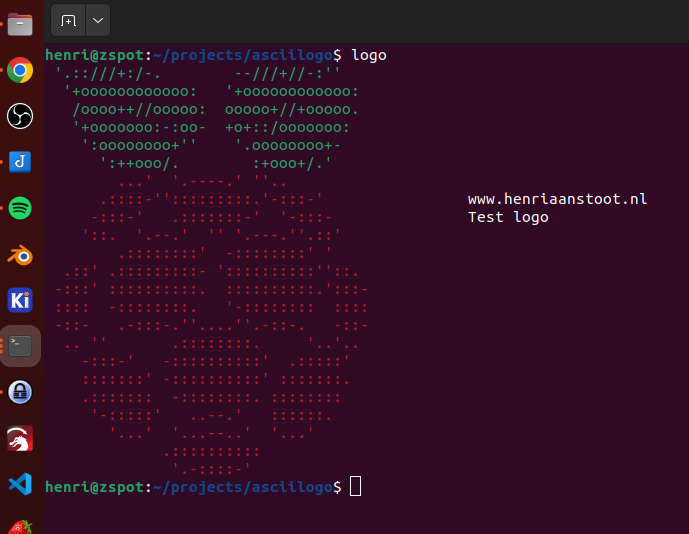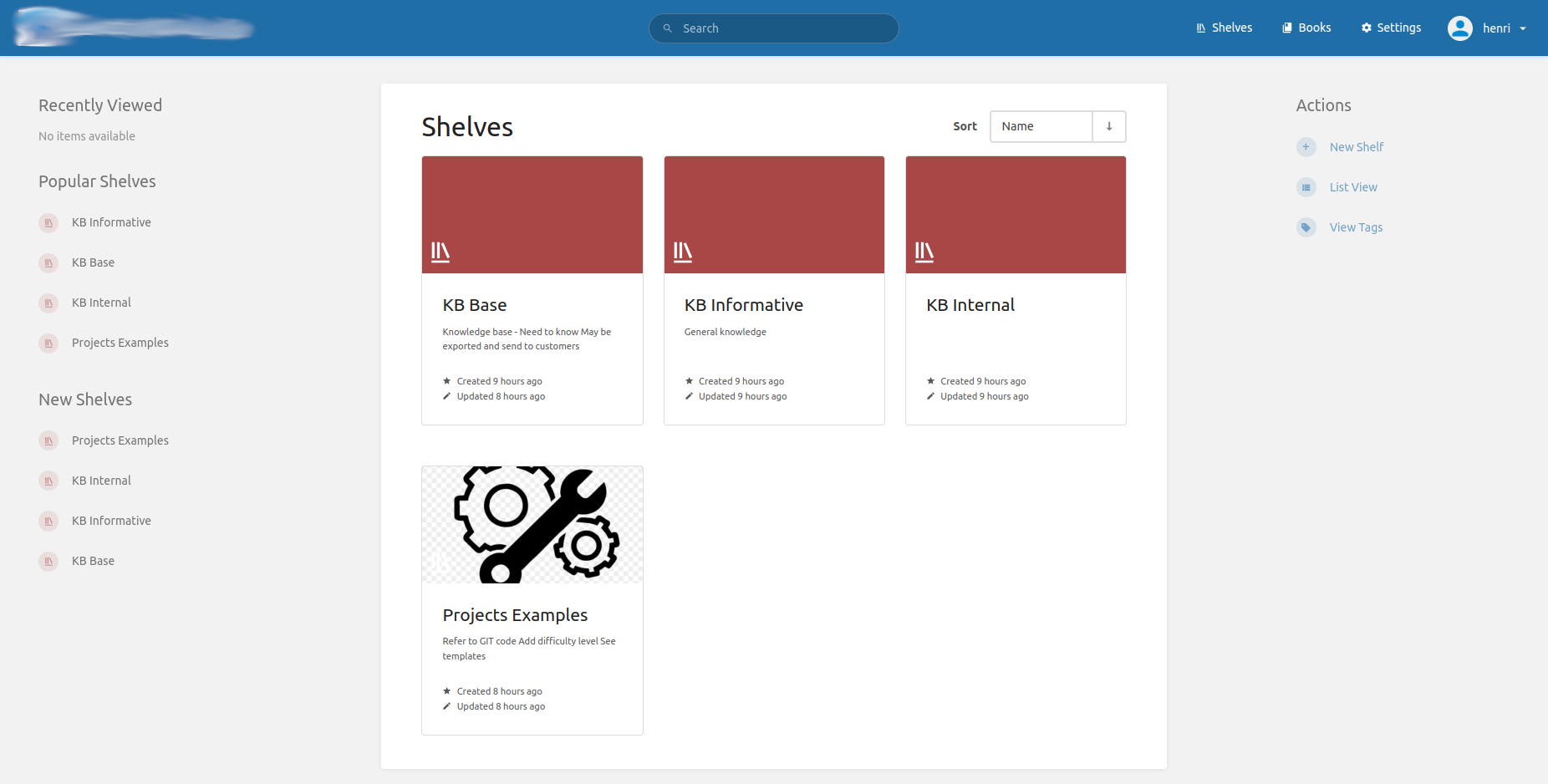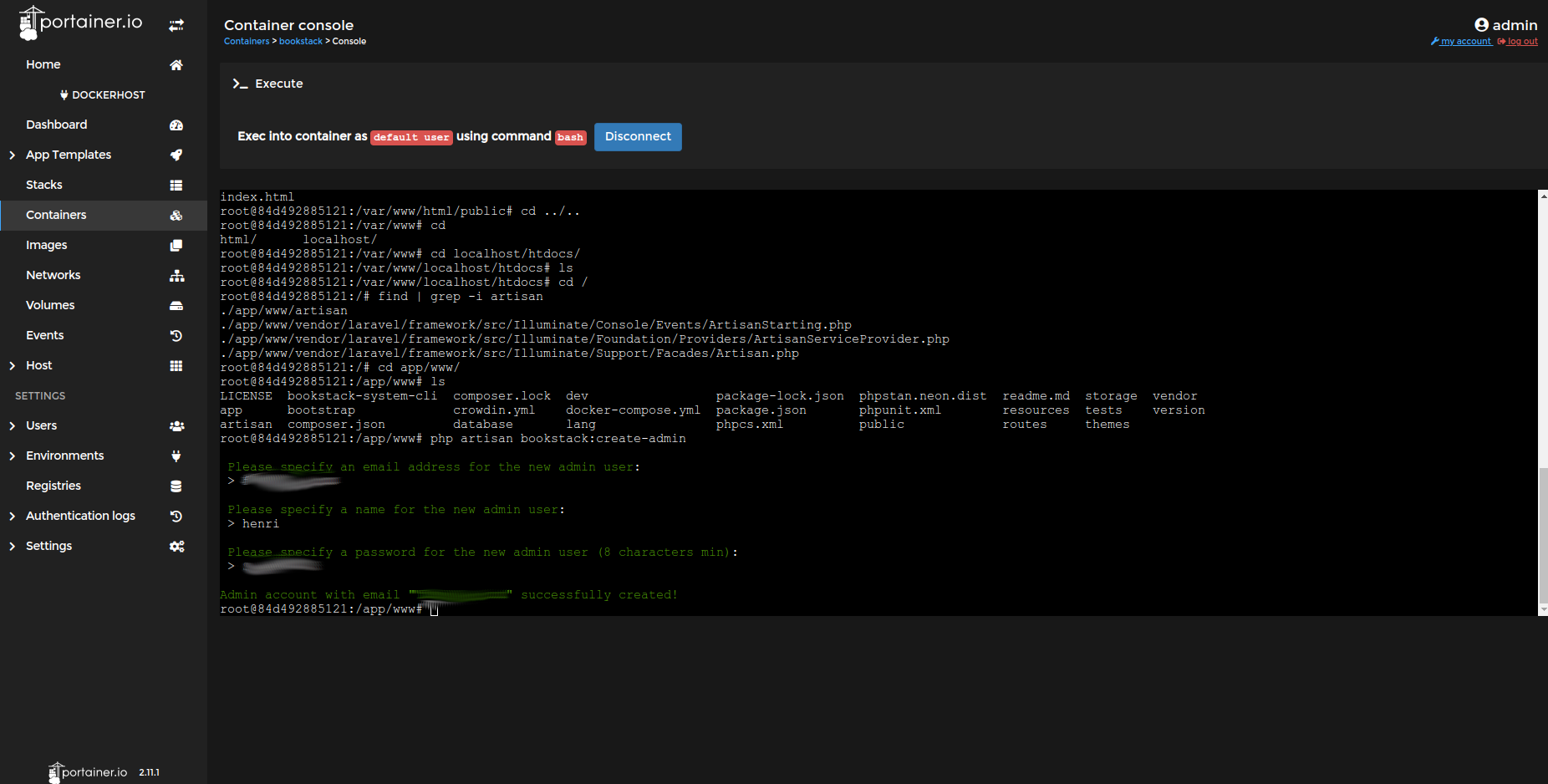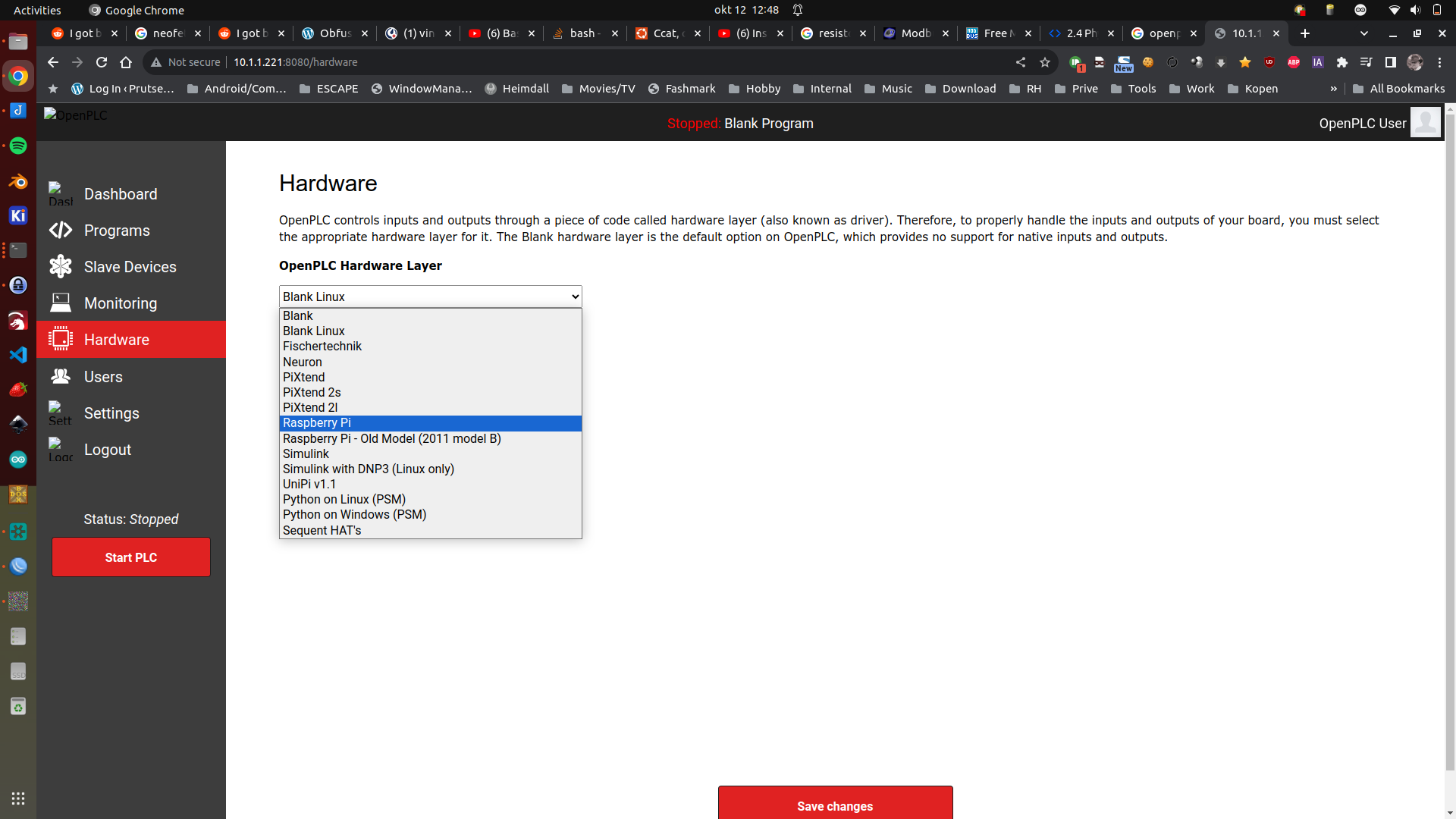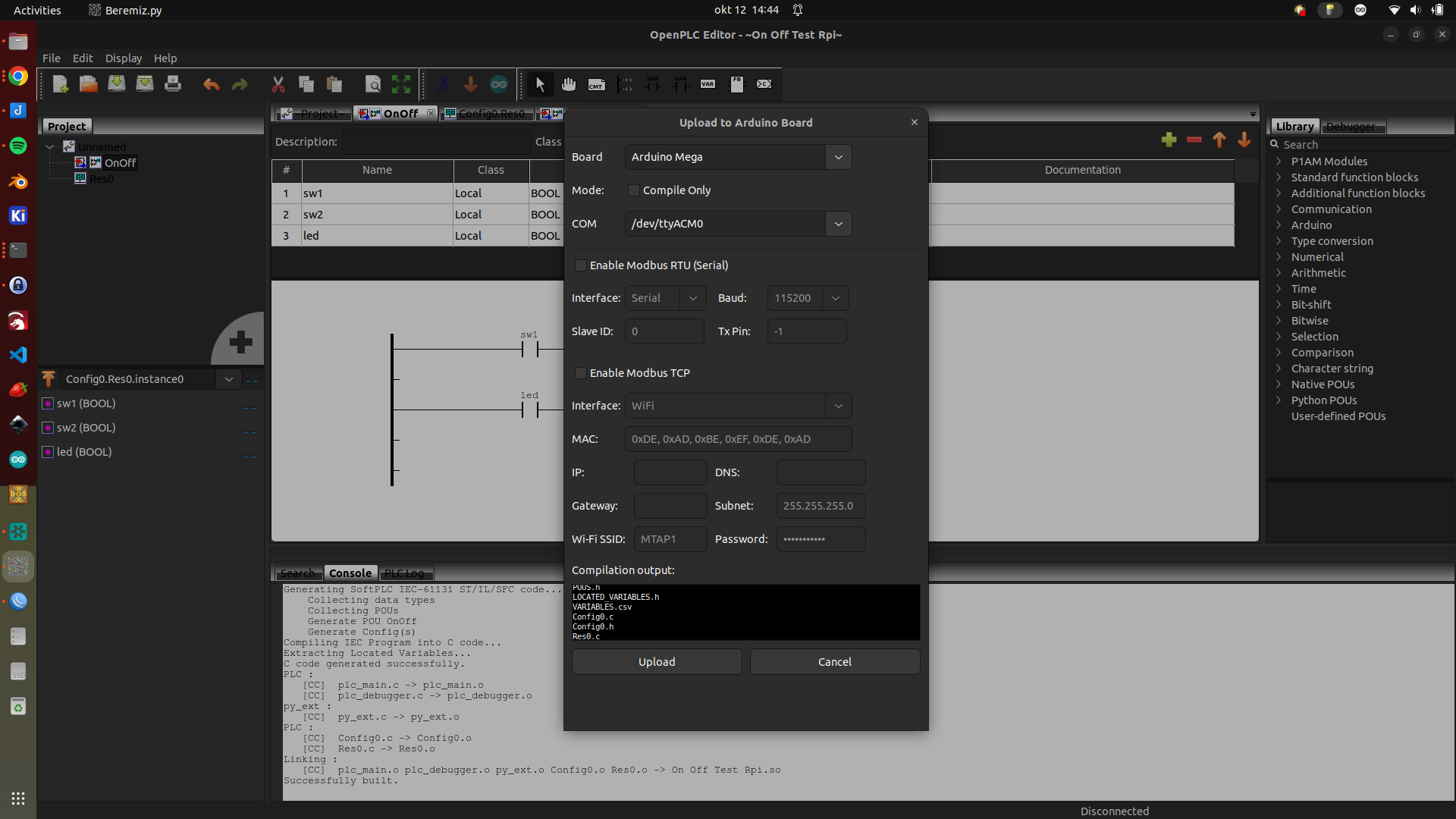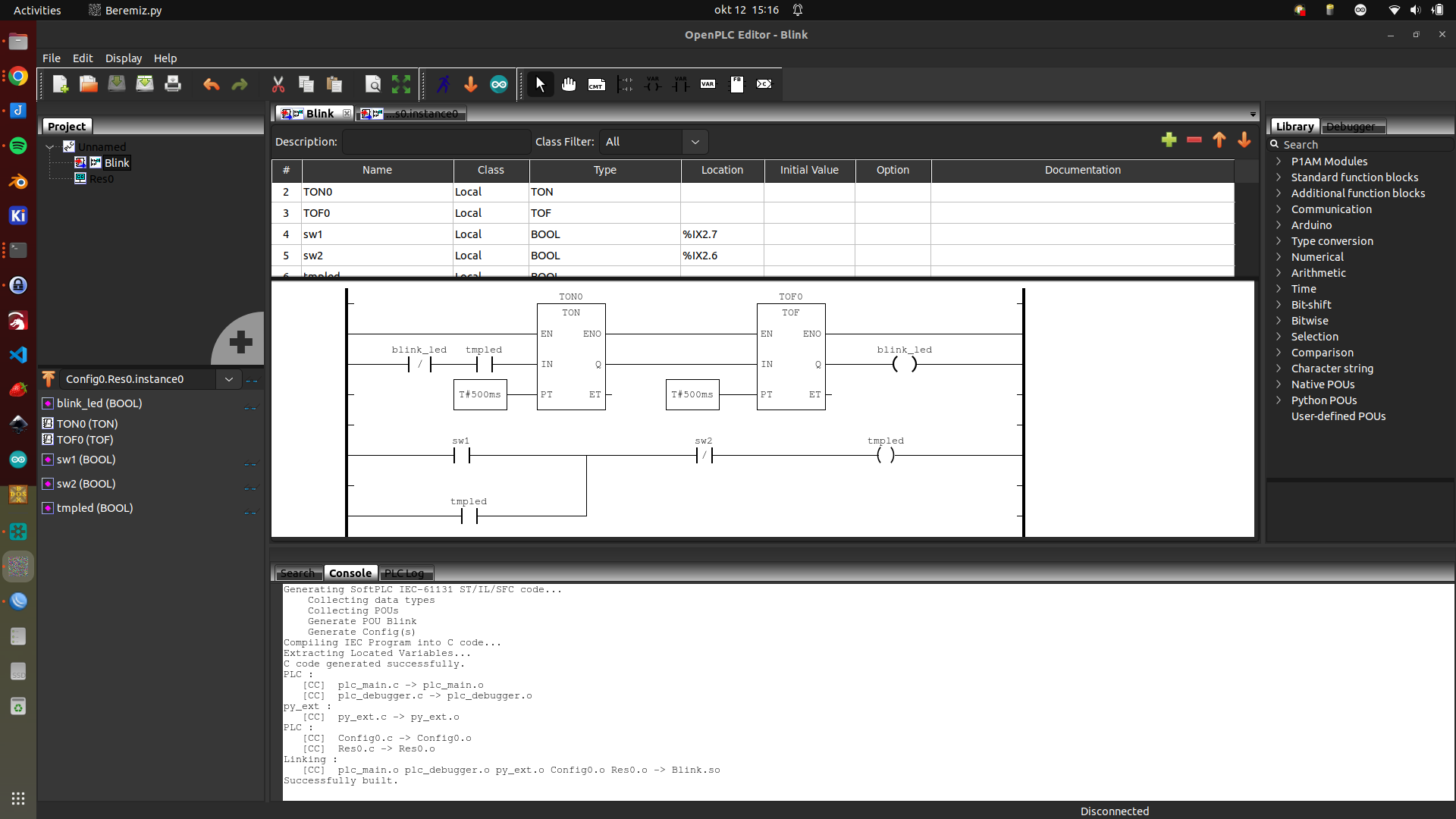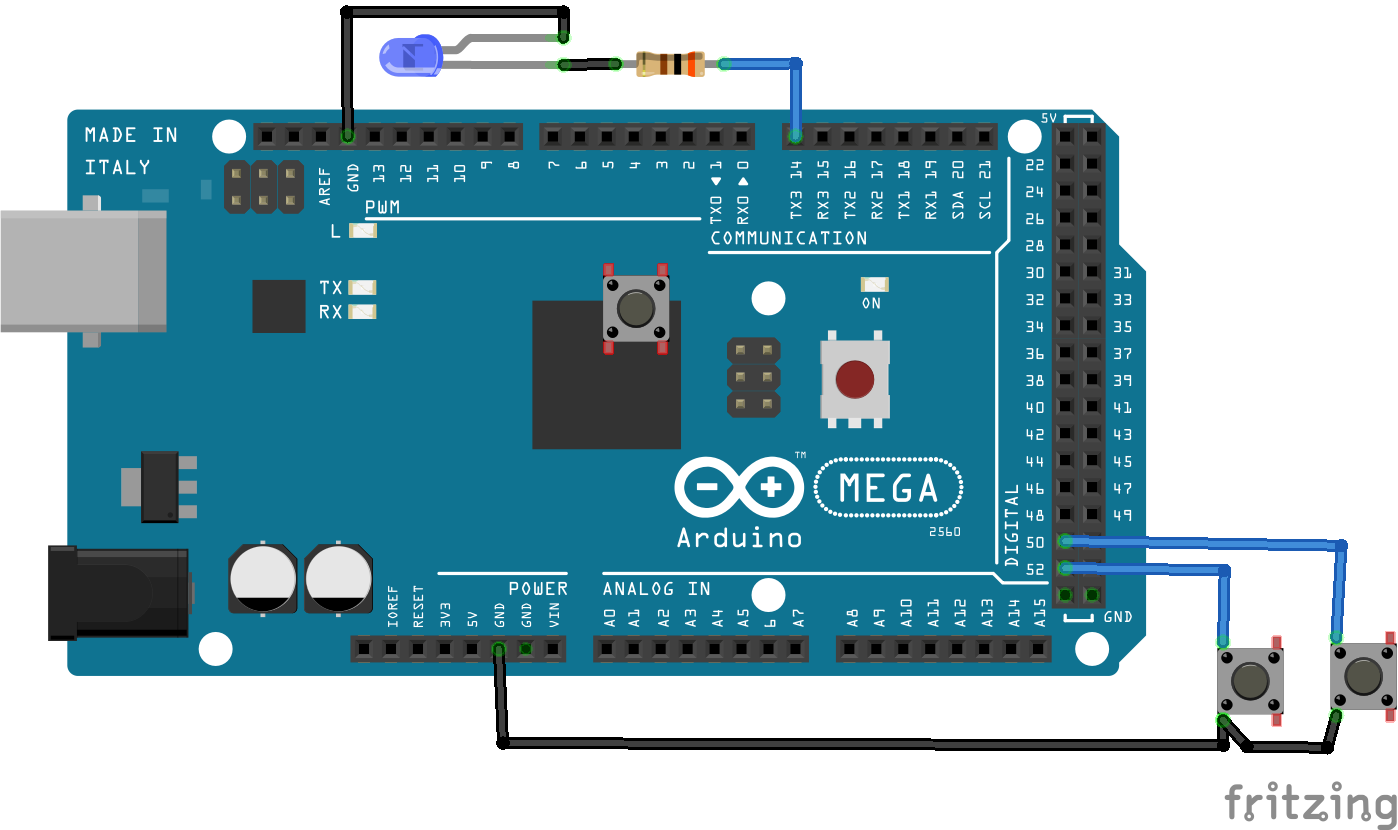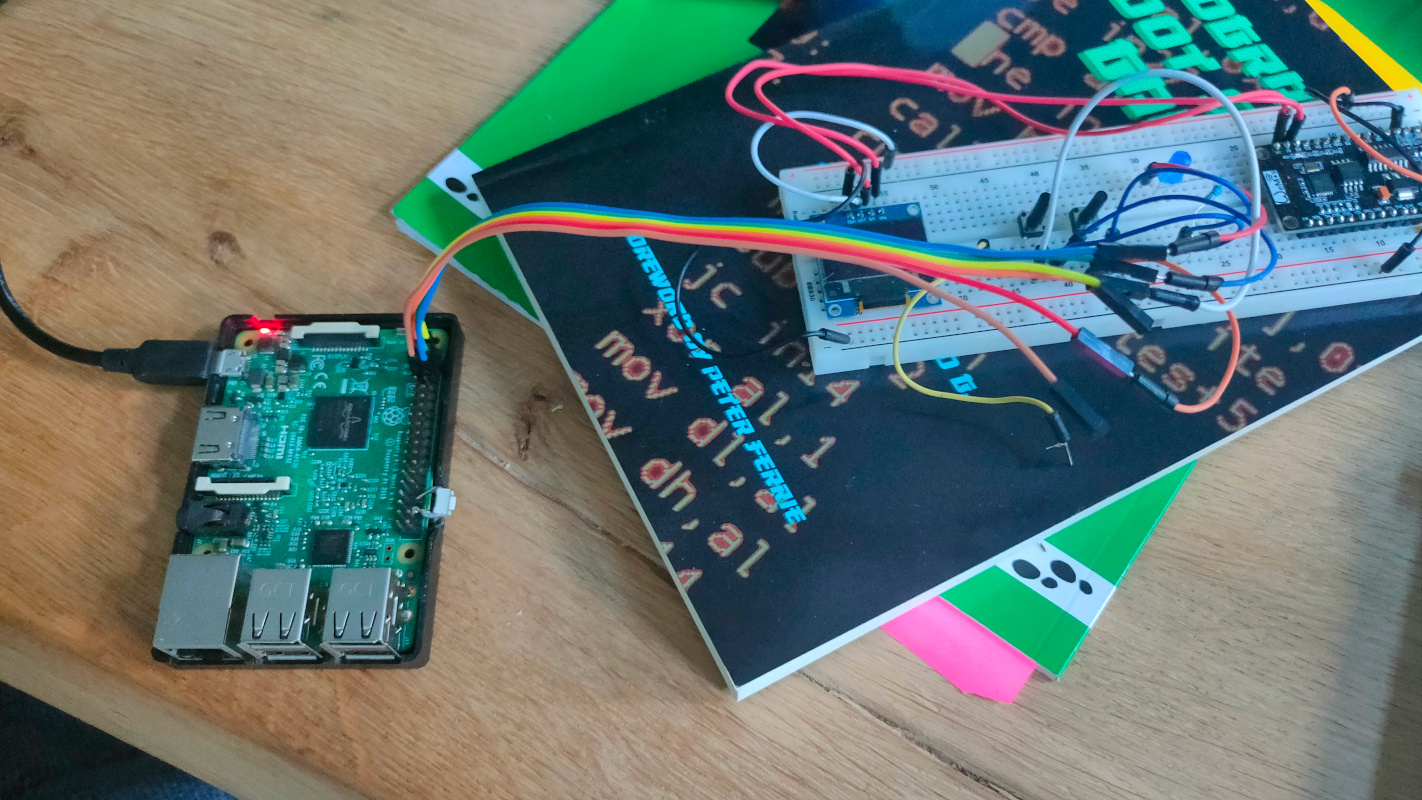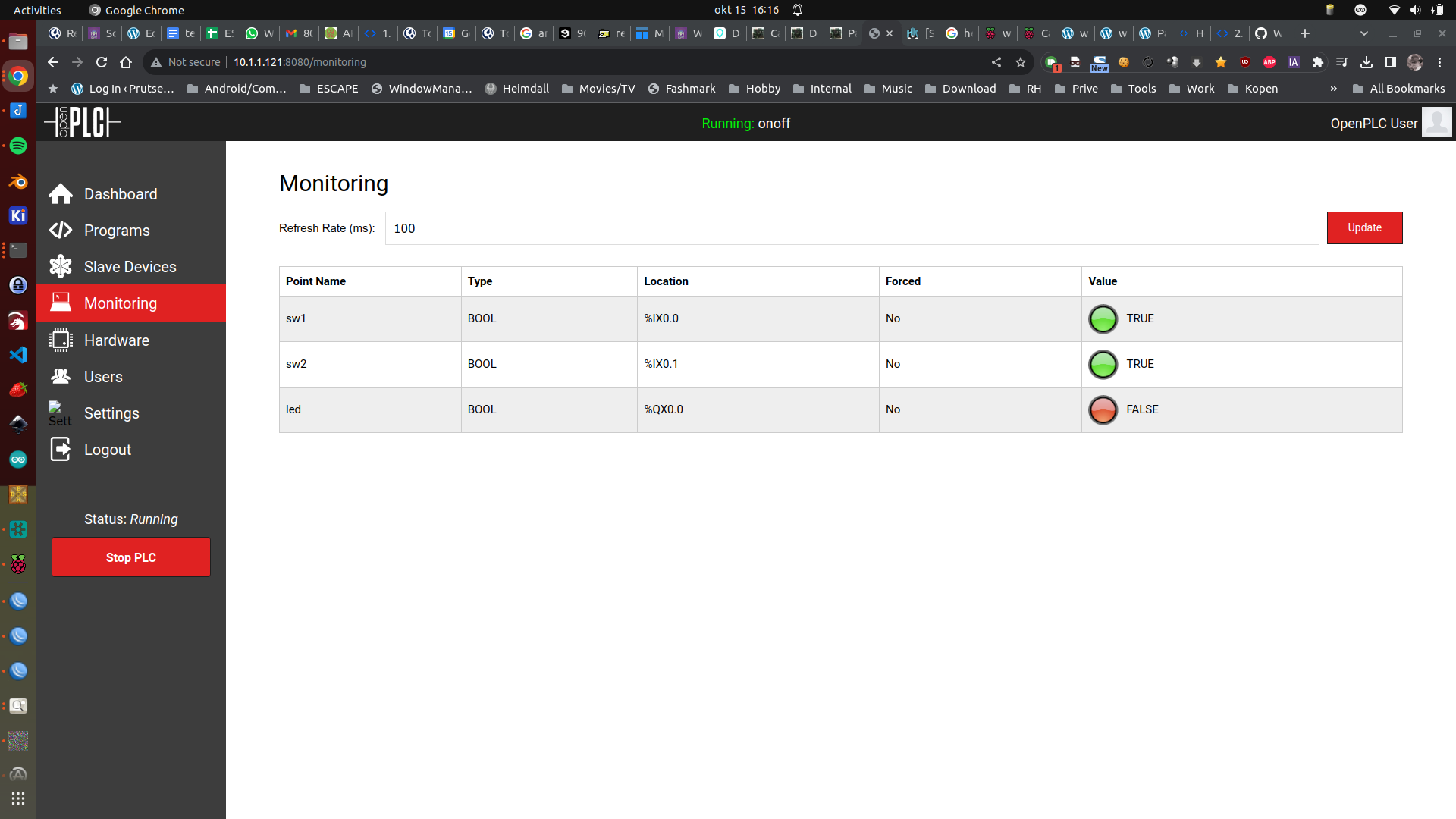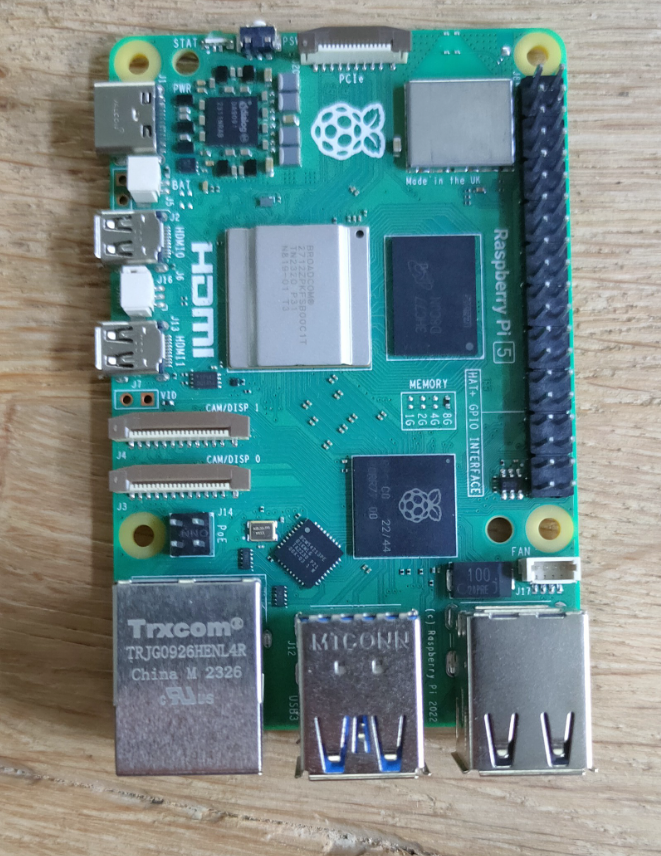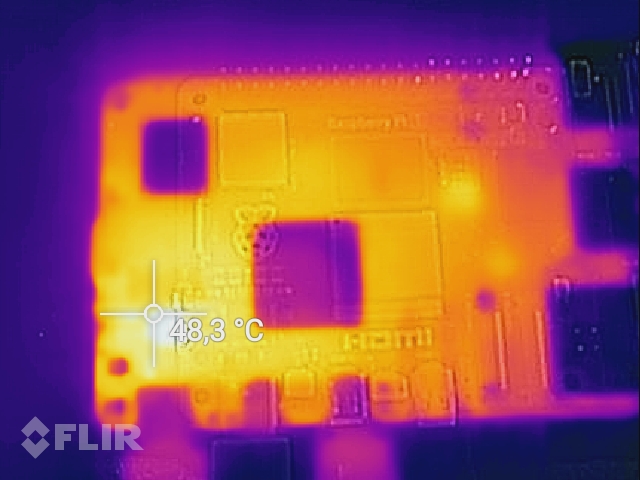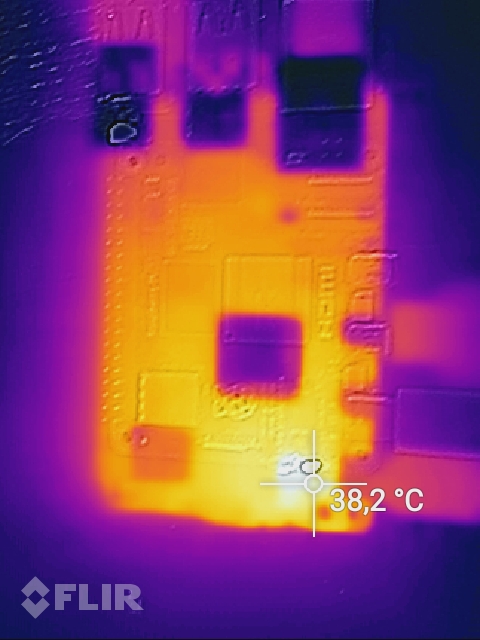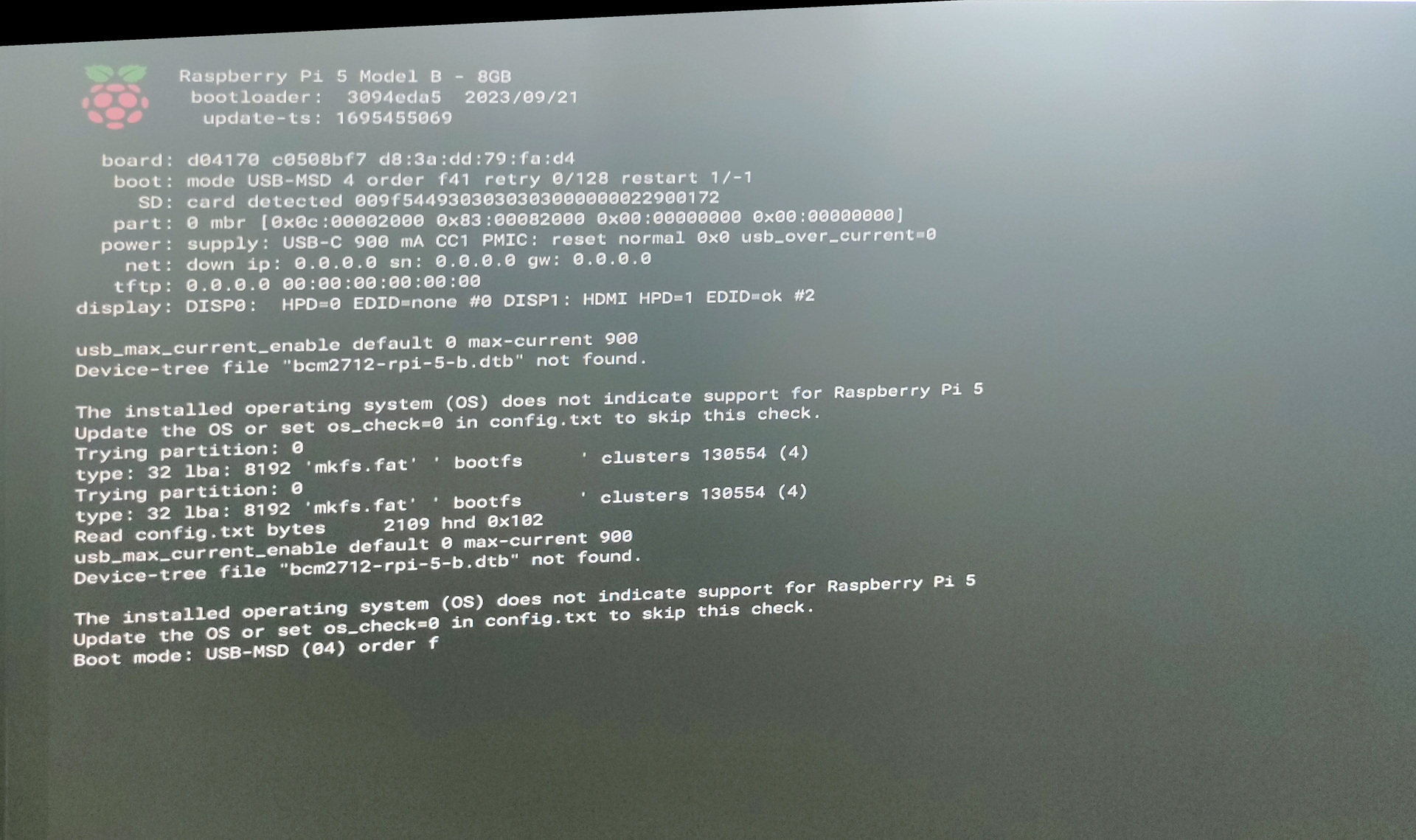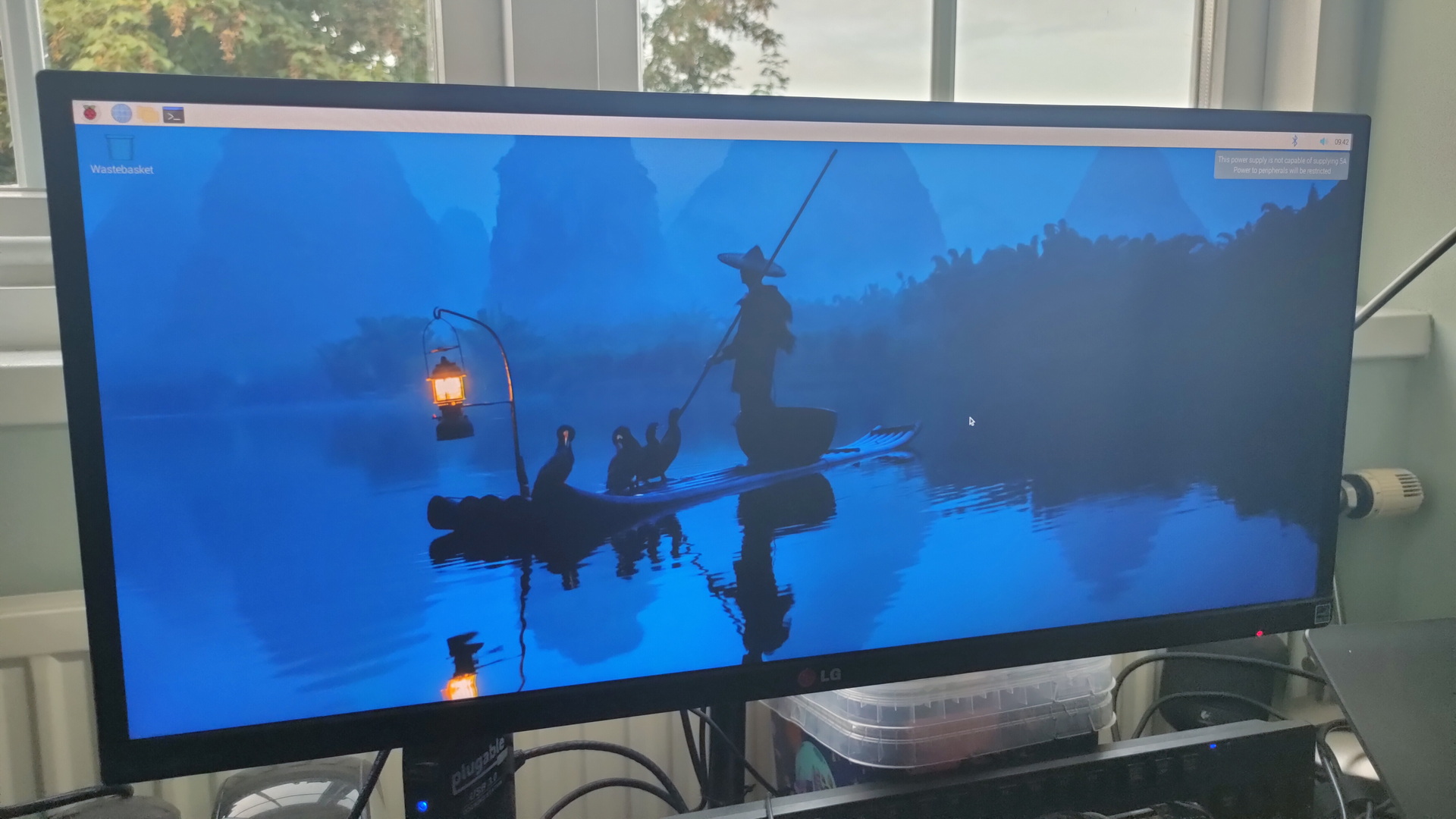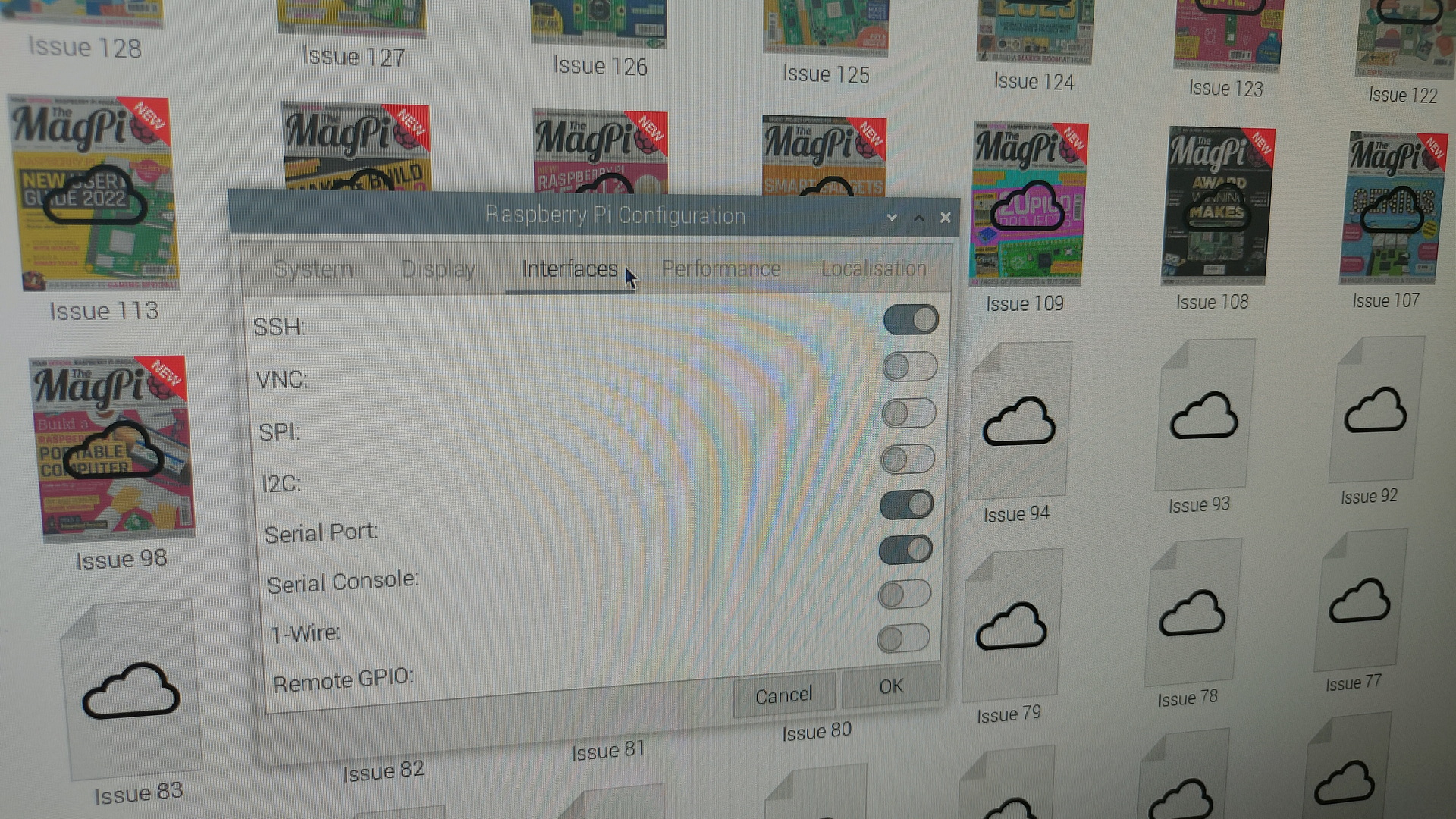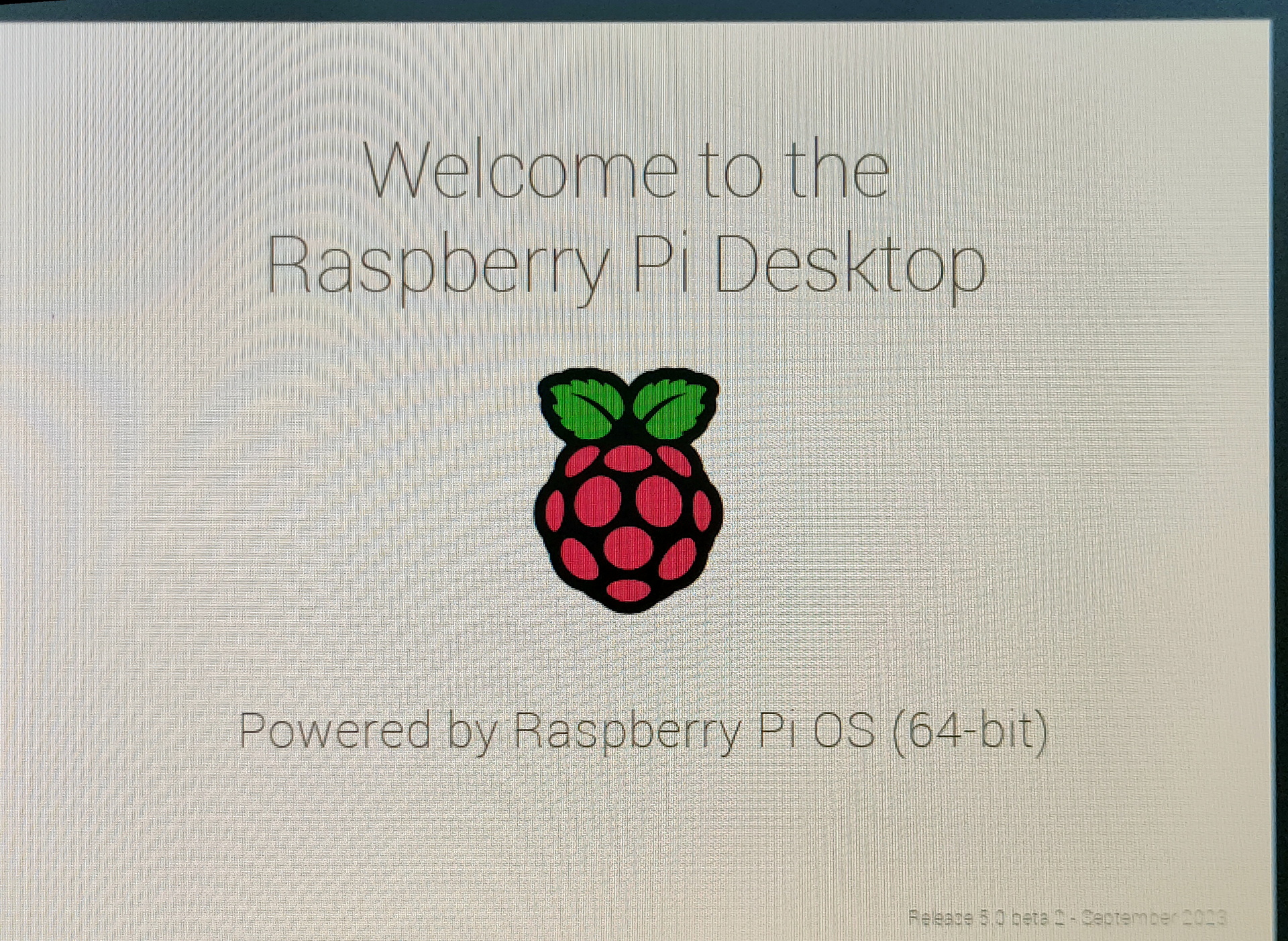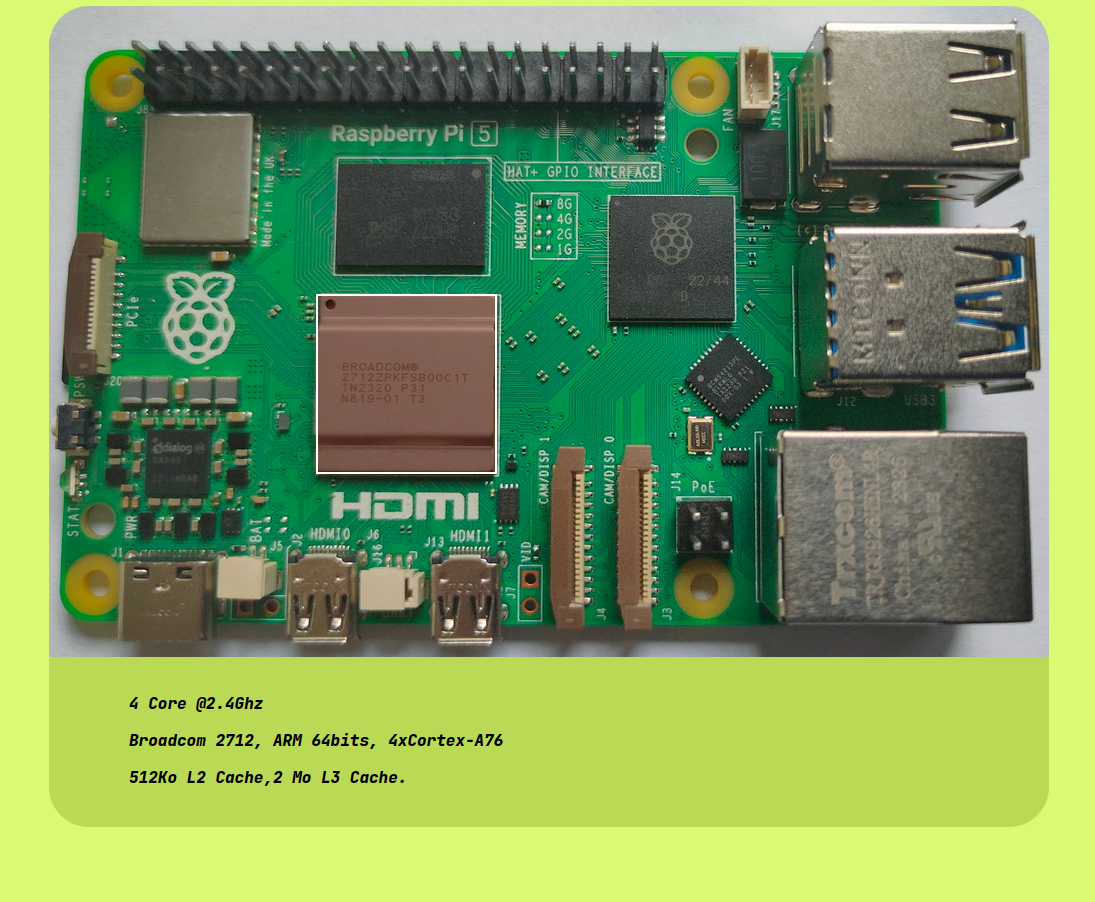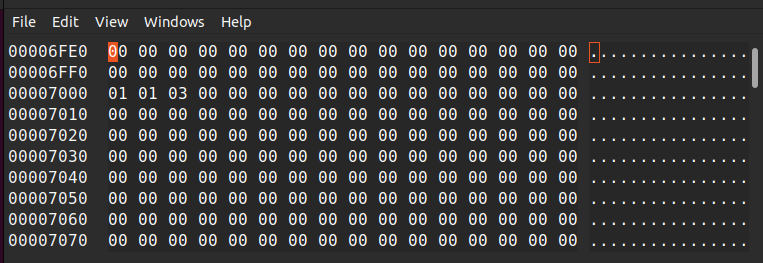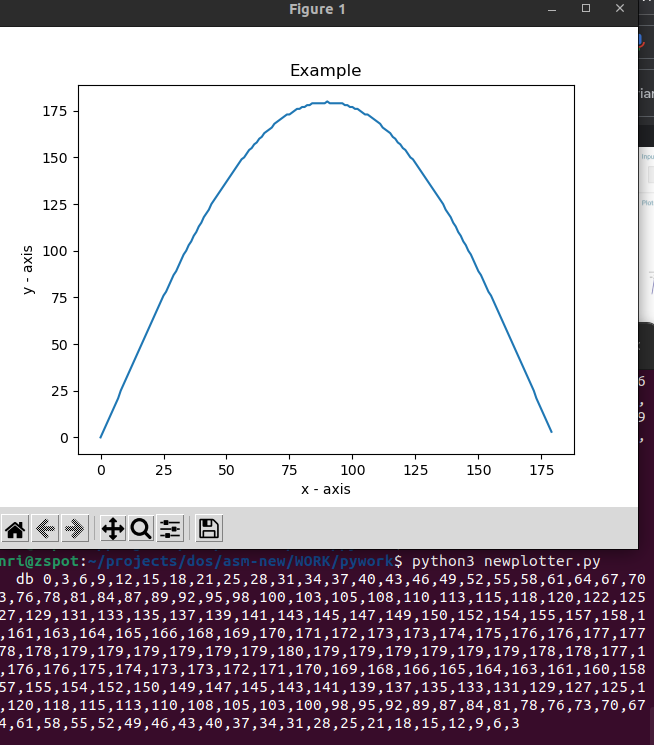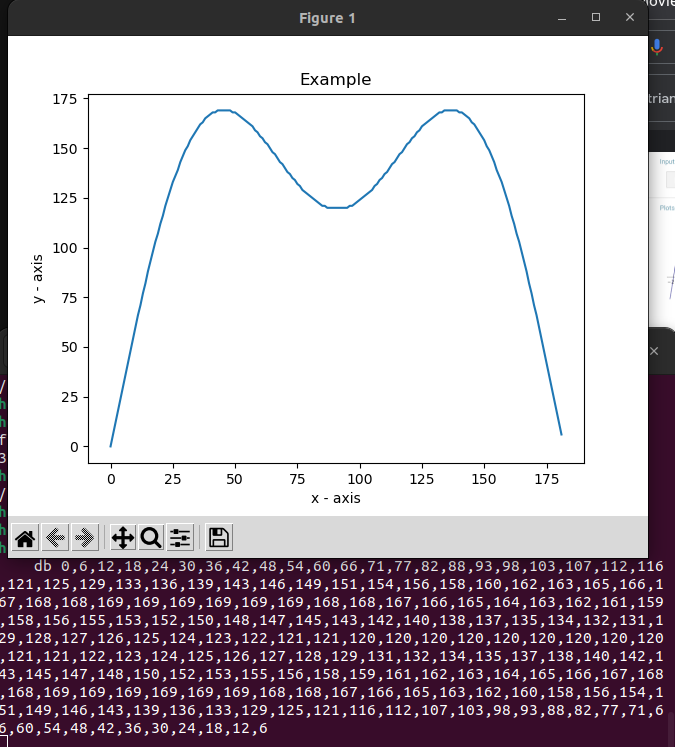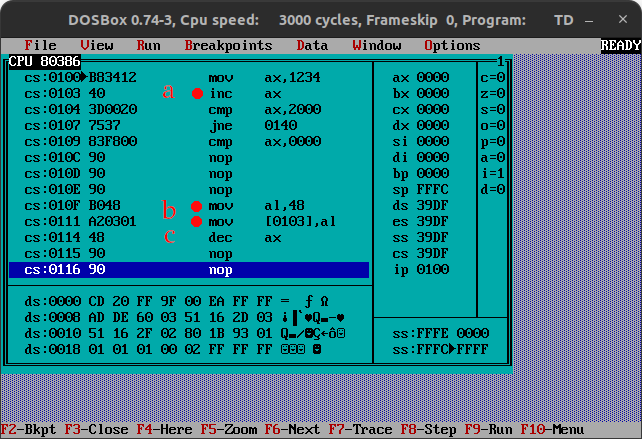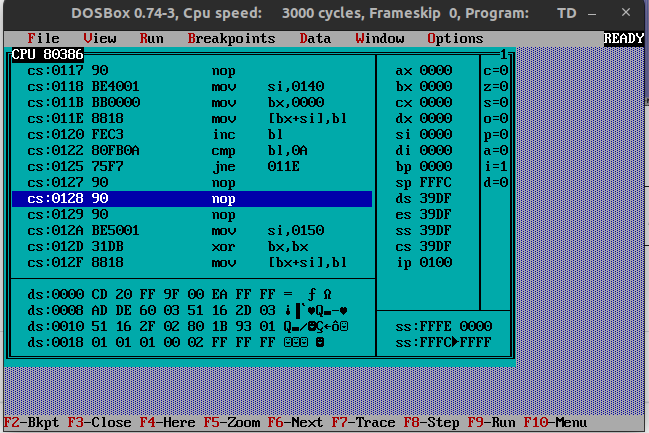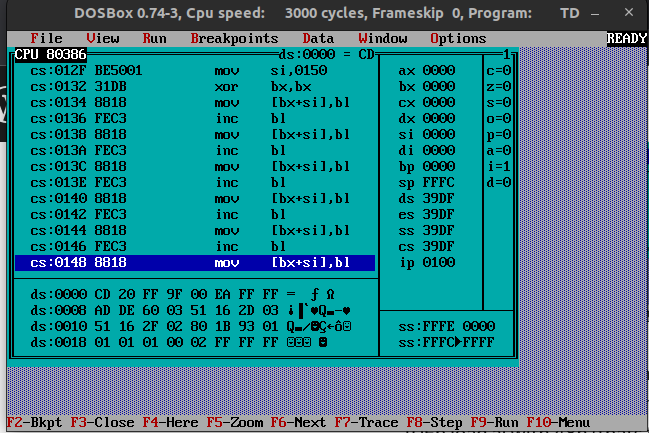Last Updated or created 2023-10-12
Something from my old archive.
Colleage’s used to like the method.
source with color escape code applied
32=green 31=red and 97=white
echo -e "\e[0;32m '.::///+:/-. --///+//-:'' " echo -e "\e[0;32m '+oooooooooooo: '+oooooooooooo: " echo -e "\e[0;32m /oooo++//ooooo: ooooo+//+ooooo. " echo -e "\e[0;32m '+ooooooo:-:oo- +o+::/ooooooo: " echo -e "\e[0;32m ':oooooooo+'' '.oooooooo+- " echo -e "\e[0;32m ':++ooo/. :+ooo+/.' " echo -e "\e[0;31m ...' '.----.' ''.. " echo -e "\e[0;31m .::::-'':::::::::.'-:::-' \e[0;97m www.henriaanstoot.nl" echo -e "\e[0;31m -:::-' .:::::::-' '-:::- \e[0;97m Test logo" echo -e "\e[0;31m '::. '.--.' '' '.---.''.::' " echo -e "\e[0;31m .::::::::' -::::::::' ' " echo -e "\e[0;31m .::' .:::::::::- '::::::::::''::. " echo -e "\e[0;31m -:::' ::::::::::. ::::::::::.':::- " echo -e "\e[0;31m :::: -::::::::. '-:::::::: :::: " echo -e "\e[0;31m -::- .-:::-.''....''.-::-. -::- " echo -e "\e[0;31m .. '' .::::::::. '..'.. " echo -e "\e[0;31m -:::-' -::::::::::' .:::::' " echo -e "\e[0;31m :::::::' -::::::::::' :::::::. " echo -e "\e[0;31m .::::::: -::::::::. :::::::: " echo -e "\e[0;31m '-:::::' ..--.' ::::::. " echo -e "\e[0;31m '...' '...--..' '...' " echo -e "\e[0;31m .:::::::::: " echo -e "\e[0;31m '.-::::-' "
Obfuscate the logo to a file (1 time only)
cat source | base64 - -w0 1> ~/bin/logo.ob Writes file (safe to copy paste/transfer) with: ZWNobyAgLWUgIlxlWzA7MzJtICcuOjovLy8rOi8tLiAgICAgICAgLS0vLy8rLy8tOicnICIgCmVjaG8gIC1lICJcZVswOzMybSAgJytvb29vb29vb29vb286ICAgJytvb29vb29vb29vb286ICIgCmVjaG8gIC1lICJcZVswOzMybSAgIC9vb29vKysvL29vb29vOiAgb29vb28rLy8rb29vb28uICIgCmVjaG8gIC1lICJcZVswOzMybSAgICcrb29vb29vbzotOm9vLSAgK28rOjovb29vb29vbzogIiAKZWNobyAgLWUgIlxlWzA7MzJtICAgICc6b29vb29vb28rJycgICAgJy5vb29vb29vbystICIgCmVjaG8gIC1lICJcZVswOzMybSAgICAgICc6Kytvb28vLiAgICAgICAgOitvb28rLy4nICIgCmVjaG8gIC1lICJcZVswOzMxbSAgICAgICAgLi4uJyAgJy4tLS0tLicgJycuLiAiIAplY2hvICAtZSAiXGVbMDszMW0gICAgICAuOjo6Oi0nJzo6Ojo6Ojo6Oi4nLTo6Oi0nICAgICAgICAgICAgXGVbMDs5N20gICAgd3d3LmhlbnJpYWFuc3Rvb3QubmwiIAplY2hvICAtZSAiXGVbMDszMW0gICAgIC06OjotJyAgIC46Ojo6Ojo6LScgICctOjo6LSAgICAgICAgICAgXGVbMDs5N20gICAgVGVzdCBsb2dvIgplY2hvICAtZSAiXGVbMDszMW0gICAgJzo6LiAgJy4tLS4nICAnJyAnLi0tLS4nJy46OicgIiAKZWNobyAgLWUgIlxlWzA7MzFtICAgICAgICAuOjo6Ojo6OjonICAtOjo6Ojo6OjonICcgIiAKZWNobyAgLWUgIlxlWzA7MzFtICAuOjonIC46Ojo6Ojo6OjotICc6Ojo6Ojo6Ojo6Jyc6Oi4gIiAKZWNobyAgLWUgIlxlWzA7MzFtIC06OjonIDo6Ojo6Ojo6OjouICA6Ojo6Ojo6Ojo6Lic6OjotICIgCmVjaG8gIC1lICJcZVswOzMxbSA6Ojo6ICAtOjo6Ojo6OjouICAgJy06Ojo6Ojo6OiAgOjo6OiAiIAplY2hvICAtZSAiXGVbMDszMW0gLTo6LSAgIC4tOjo6LS4nJy4uLi4nJy4tOjotLiAgIC06Oi0gIiAKZWNobyAgLWUgIlxlWzA7MzFtICAuLiAnJyAgICAgICAuOjo6Ojo6OjouICAgICAnLi4nLi4gIiAKZWNobyAgLWUgIlxlWzA7MzFtICAgIC06OjotJyAgIC06Ojo6Ojo6Ojo6JyAgLjo6Ojo6JyAiIAplY2hvICAtZSAiXGVbMDszMW0gICAgOjo6Ojo6OicgLTo6Ojo6Ojo6OjonIDo6Ojo6OjouICIgCmVjaG8gIC1lICJcZVswOzMxbSAgICAuOjo6Ojo6OiAgLTo6Ojo6Ojo6LiA6Ojo6Ojo6OiAiIAplY2hvICAtZSAiXGVbMDszMW0gICAgICctOjo6OjonICAgLi4tLS4nICAgOjo6Ojo6LiAiIAplY2hvICAtZSAiXGVbMDszMW0gICAgICAgJy4uLicgICcuLi4tLS4uJyAgJy4uLicgIiAKZWNobyAgLWUgIlxlWzA7MzFtICAgICAgICAgICAgIC46Ojo6Ojo6Ojo6ICIgCmVjaG8gIC1lICJcZVswOzMxbSAgICAgICAgICAgICAgJy4tOjo6Oi0nICAiIAo=
Create an alias with the logo
alias logo=$(cat ~/bin/logo.ob | base64 -d )
executing logo will produce the logo
